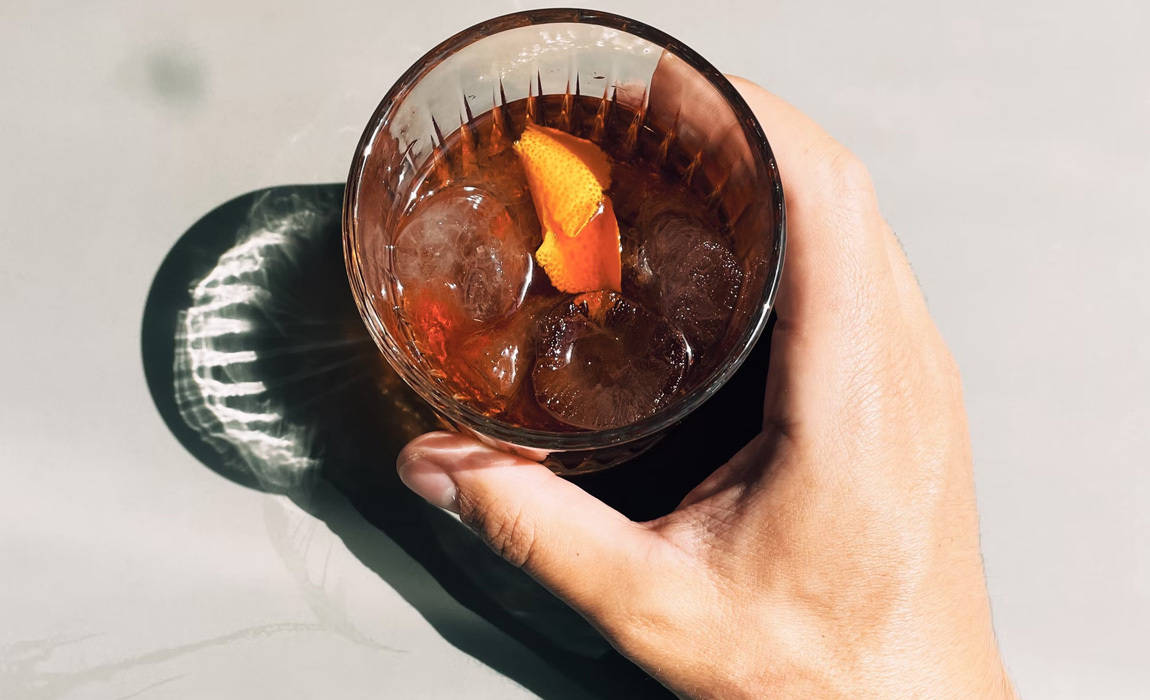We all enjoy having a drink every now and then, but drinking too much can be harmful to our health, social life, and professional career. Many of us aren’t aware if our typical alcohol intake is heavy or if we’re even drinking to such an extent that we need to seek professional help.
How Much is Too Much?
According to the Centers for Disease Control (CDC), excessive drinking is usually determined by a person's age, height, and weight. But since these numbers can vary widely from person to person, the CDC has classified excessive drinking into four categories. These include:
- Underage Drinking: Any alcohol use if you’re under the age of 21.
- Binge Drinking: If you’re a man, 5 or more drinks in the span of 2-3 hours is considered “binge drinking.” If you’re a woman, 4 or more drinks in the same span is also binging.
- Pregnant Drinking: Any alcohol consumed by a pregnant woman.
- Heavy Drinking: If you’re a man, 15 drinks or more drinks per week is “heavy drinking.” As a woman, you’re a heavy drinker if you consume 8 or more drinks per week.
Moderate drinkers only drink 2 drinks a day if they’re men or 1 drink per day if they’re women. The CDC has classified a “standard” drink as an alcoholic beverage that contains 14 grams or 0.60 fluid ounces of alcohol. However, keep in mind that alcohol can affect people differently.
What are the Signs of a Drinking Problem?
If you suspect you have a drinking problem based on CDC criteria, consider looking out for other red flags. For example, an excessive drinker may experience one of the following:
- Drinking that interferes with your daily activities
- Continuous drinking, even after it affects your mental or physical health
- Excessive drinking or drinking more than usual
- Comments from friends or family about excessive drinking
- Relapse or withdrawal symptoms (drinking more to get the same buzz)
- Spending too much time drinking
- The inability to limit or stop drinking without help
Although addiction can be a frightening experience, it’s essential to know that you’re not alone. It’s estimated that a quarter of Americans binge drink, while 14.5 million people have Alcohol Use Disorder (AUD) in the United States. You don’t have to suffer alone or in silence.
If your case is severe, we recommend looking into alcohol rehab in Long Beach to speak to a licensed therapist or psychologist. There are in-patient and out-patient treatments available.
What Treatments are Available for Alcohol Use Disorder?
Rehab is the most common treatment for alcohol use disorder because they have doctors on staff that can help you recover. If you’re doing out-patient treatment, consider the following.
1. Behavioral Treatments
Behavioral treatments attempt to change drinking behavior through counseling. This option is led by healthcare professionals, such as doctors, psychologists, and social workers, who utilize cognitive-behavioral therapy, brief interventions, and motivational enhancement therapy.
2. Prescribed Medications
Naltrexone, Acamprosate, and Disulfiram are the only FDA-approved and doctor-prescribed medications that treat alcohol dependence. While not everyone responds to medications, they can be used as a vital tool to help reduce a person's binge/heavy drinking and prevent relapse.
3. Mutual-Support Groups
While there are hundreds of support groups you can join, Alcoholics Anonymous (AA) is among the most famous. Their 12-step program offers peer support for people cutting back or quitting drinking. Combined with a doctor-run treatment plan, these groups can be very helpful.
When selecting a type of treatment, ask yourself what kind of options your program or provider offers. From there, you can choose a treatment that’s tailored to your individual needs.
